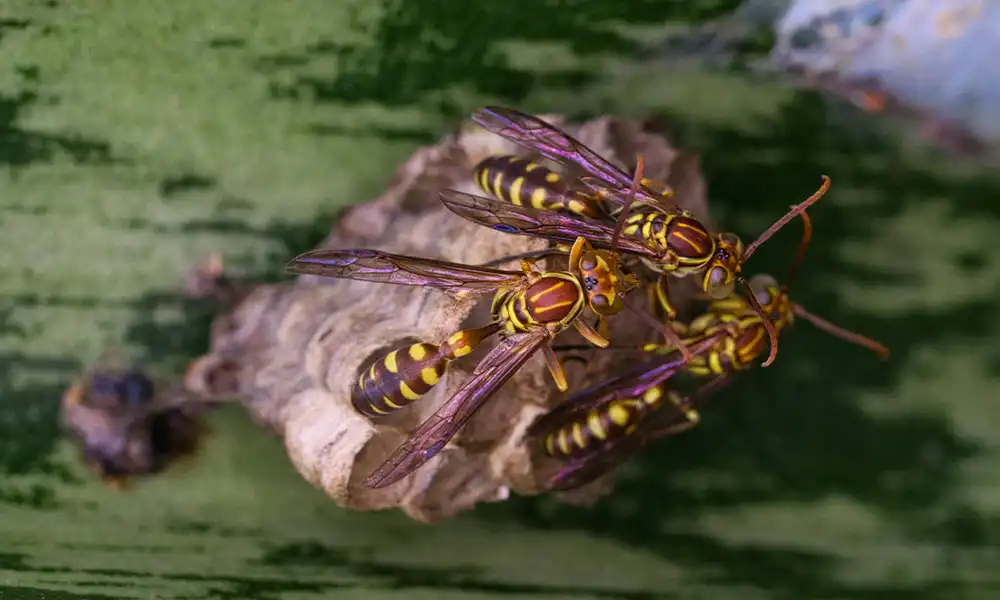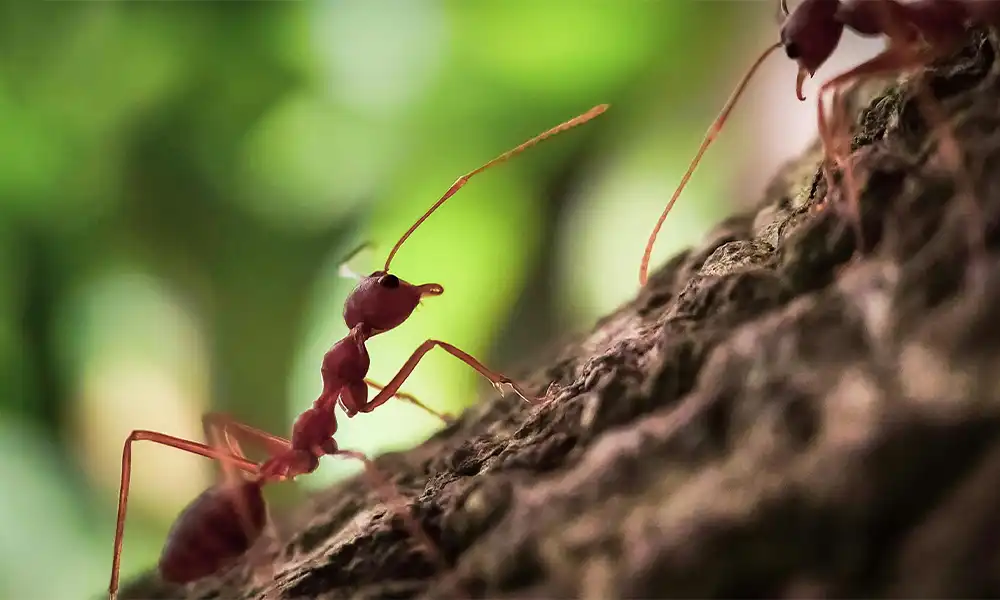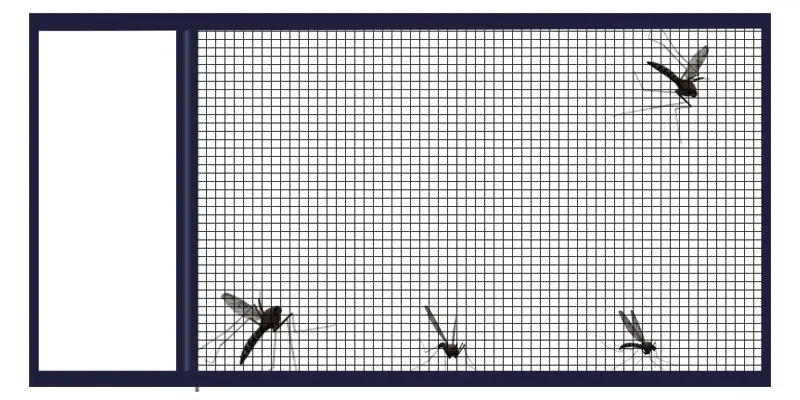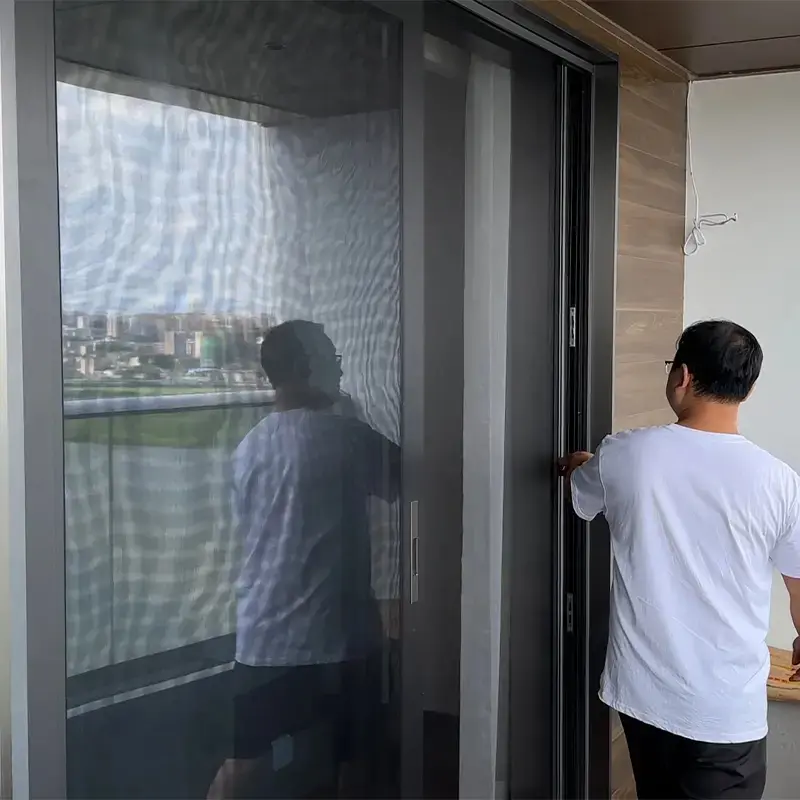Stinging insects, as the name suggests, are those that use their body’s thorns to attack threats.They usually use thorns to protect themselves or their nests when they feel threatened, although some insects may actively attack under certain conditions.Although these insects may cause distress in daily life, understanding their characteristics and taking effective preventive measures can greatly reduce the risk of being stung.This article will delve into the common types of stinging insects and their characteristics, and provide practical prevention strategies to help you and your family stay away from these insects.
Identification of common stinging insects
Stinging insects mainly include bees, wasps and fire ants.Understanding their characteristics helps us identify them and take appropriate precautions.
1. bee
There are many kinds of bees, and their body length is generally between 8-20 mm.Their body color is usually tawny or dark brown, their bodies are covered with dense hair, their heads are almost equal to the width of the chest, and their abdomen is more slender.Bees usually do not actively attack humans, and only use stingers to defend themselves when they feel threatened.It is worth noting that there is a kind of artisan bees, their abdomen is smoother, looks similar to bumblebees, and often lays eggs on wood.Artisan bees may also attack if they approach their nests or are provoked.
2. Wasp
The mouthparts of wasps are chewing and sucking, and the body usually has stripes of black, yellow, and brown, or a single color.The chest and abdomen of the wasp are connected by a thin waist and have distinctive visual characteristics.The stingers of wasps are very sharp and poisonous, and female wasps are more likely to attack in self-defense.Wasps usually react more fiercely to intruders, especially when they feel threatened to their nests and may actively attack.
3. Fire ant
The head of fire ants is usually copper-brown, the body is reddish-brown, and the body length of worker ants is generally between 2-6 mm.Fire ants like to build nests outdoors. They are strongly defensive. When the nest is threatened, they will quickly attack in groups.The fire ant’s stinger can pierce the skin multiple times, and the sting of each ant may cause strong pain, swelling, and allergic reactions.
Damage and effects of stinging insects
After being bitten by a stinging insect, local pain and swelling usually occur.For some people, allergic reactions may occur, such as skin redness, itching, and even severe allergic reactions, such as dyspnea, systemic edema, etc.If a severe allergic reaction occurs, seek medical attention immediately.Even people with non-allergic physiques may experience severe pain and discomfort, so it is particularly important to understand how to effectively prevent the infestation of stinging insects.
How to effectively prevent the infestation of stinging insects
By taking a series of preventive measures, the risk of being infested by stinging insects can be greatly reduced.The following are some practical and effective prevention strategies:
1. Seal cracks and holes in the house
Insects usually enter the room through cracks and holes in the walls of the house.Regular inspection and sealing of the gaps in walls, doors and windows can effectively prevent insects from entering the home.These potential invasion points can be repaired with shellac, sealants, or caulking agents.
2. Treatment of food residues and domestic waste
Insects especially like food residues and garbage.Regular cleaning of food residues in the kitchen and dining area, timely disposal of domestic waste, and the use of enclosed trash cans can effectively reduce the breeding environment of insects.Make sure the lid of the trash can is tightly closed to prevent insects from being attracted.
3. Maintenance of wooden building materials
Many stinging insects like to build nests or lay eggs in wooden building materials.Check the wood regularly, especially those that are outdoors or in contact with moisture, keep the wood dry and perform regular maintenance.Applying insect-proof paint or wood protective agent can effectively prevent insect invasion.
4. Install insect screen
Installing insect screens on windows and doors can effectively block insects from entering the room while ensuring air circulation.Choose a high-quality insect screen and make sure its mesh is fine enough to prevent bees, wasps and other small insects from entering the home.
5. Regularly mow lawns and shrubs
In the yard, regular mowing of lawns and shrubs to keep the courtyard clean can reduce insect habitat.Overgrown and over-dense vegetation provides an ideal habitat environment, which easily attracts insects to gather.
6. Use natural insect repellents
The use of natural insect repellents in courtyards and home environments, such as peppermint oil, chives water, etc., can effectively repel insects.These natural insect repellents do not contain chemical components and are safe for humans and pets.
Professional solutions
For insect problems that cannot be solved by themselves, it is a wise choice to seek professional help.Industry-leading insect screen suppliers like Zoompey provide high-quality insect screens that can effectively block various stinging insects.If you wish to become our agent or make bulk purchases, please feel free to contact us, we will provide you with the best quality products and services








